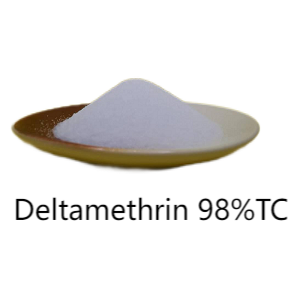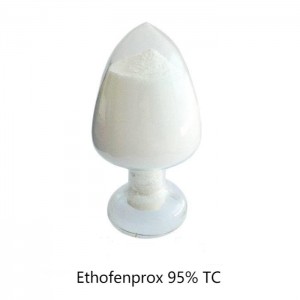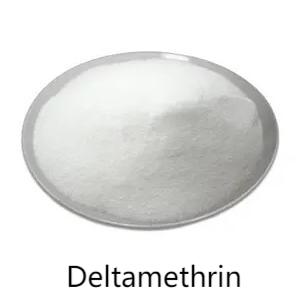Agrochemical Broad-Spectrum Insecticide Deltamethrin 98%
Introduction
Deltamethrin, a pyrethroid insecticide, is an essential tool in the world of pest control. It is widely appreciated for its efficacy in targeting and eliminating a broad spectrum of pests. Since its development, Deltamethrin has become one of the most widely used insecticides globally. This product description aims to provide detailed information about Deltamethrin’s characteristics, applications, and usage across various industries.
Description
Deltamethrin belongs to a class of synthetic chemicals called pyrethroids, which are derived from natural compounds found in chrysanthemum flowers. Its chemical structure allows for efficient pest control while minimizing its impact on humans, animals, and the environment. Deltamethrin exhibits low toxicity to mammals, birds, and beneficial insects, making it a favorable choice for pest management.
Application
1. Agricultural Use: Deltamethrin plays an integral role in protecting crops from destructive insects. This insecticide is widely used in agriculture to control a variety of pests, including aphids, armyworms, cotton bollworms, caterpillars, loopers, and more. Farmers often apply Deltamethrin to their crops through spraying equipment or via seed treatments to ensure the protection of their yield against potential pest threats. Its ability to control a wide range of insects makes it an indispensable resource for crop protection.
2. Public Health: Deltamethrin also finds crucial applications in public health initiatives, helping combat disease-carrying insects such as mosquitoes, ticks, and fleas. Insecticide-treated bed nets and indoor residual spraying are two commonly employed techniques to control mosquito-borne diseases like malaria, dengue fever, and Zika virus. Deltamethrin’s residual effect allows the treated surfaces to remain effective against mosquitoes for an extended period, providing long-lasting protection.
3. Veterinary Use: In veterinary medicine, Deltamethrin serves as a powerful tool against ectoparasites, including ticks, fleas, lice, and mites, that infest livestock and domestic animals. It is available in various formulations such as sprays, shampoos, powders, and collars, providing a convenient and effective solution for pet owners and livestock farmers. Deltamethrin not only eliminates the existing infestations but also acts as a preventive measure, protecting animals from reinfestation.
Usage
Deltamethrin should always be used following the manufacturer’s instructions and with appropriate safety precautions. It is advisable to wear protective clothing, gloves, and masks while handling and applying this insecticide. Also, adequate ventilation is recommended during spraying or use in enclosed spaces.
The dilution rate and application frequency vary depending on the target pest and the desired level of control. End-users must carefully read the product label to determine the recommended dosage and follow regulations set by the relevant authorities.
It is crucial to emphasize that Deltamethrin must be used responsibly to minimize any adverse effects on non-target organisms, such as pollinators, aquatic life, and wildlife. Additionally, regular monitoring of treated areas is necessary to assess efficacy and determine if reapplication is needed.













